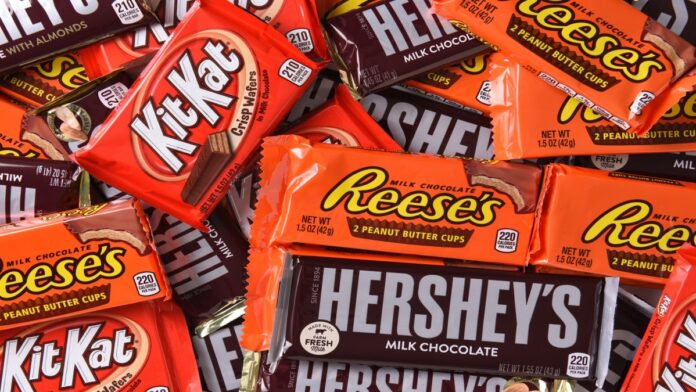The retail sector has battled a variety of economic challenges this year that have resulted in a decline in revenues for certain companies and financial distress.
Retailers have often blamed higher costs of labor and products driven by rising inflation, increased interest rates on their debt obligations, changing consumer preferences for brick-and-mortar retail shopping, and lingering effects of the pandemic.
In some cases, those specific economic issues didn’t contribute significantly to companies’ distress.
Popular wristwatch and accessories retailer Fossil Global Services Ltd. filed for Chapter 15 bankruptcy protection on Oct. 20, seeking U.S. recognition of its UK restructuring plan as a foreign proceeding after struggling for 10 years to compete against high-tech competitors like Apple and Samsung and direct-to-consumer establishments that grabbed a significant share of the market.
A significant consumer shift toward wearable technologies, such as Apple Watch and Samsung Galaxy Watch, led to slower-than-expected consumer demand for Fossil’s products, a bankruptcy court declaration said.
Fossil’s sales plummeted $1.7 billion in 2022 to $1.1 billion in 2024, and the company’s net loss grew from $44 million in 2022 to about $106 million in 2024.
The revenue crunch affected the company’s ability to meet its debt obligations, forcing it to seek a restructuring plan to refinance its debt.
And now, national candy distributor CandyWarehouse.com Inc. filed for Chapter 11 bankruptcy protection a week before Halloween to reorganize and restructure its debts, facing a significant drop in its revenue earlier this year.
The Sugar Land, Texas, debtor filed its petition in the U.S. Bankruptcy Court for the Northern District of Texas on Oct. 24, listing $100,000 to $1 million in assets and $1 million to $10 million in liabilities, according to Bankruptcy Observer.
Candy Warehouse’s online store generated annual sales of about $4.5 million in 2024, which was down 10% to 20% from 2023, according to online data firm Grips Intelligence.
The debtor, which generated $203,555 in revenue in August 2025 on 216,677 website sessions, had a 20% drop in revenue over the period of May, June, and July, compared to the three preceding months, Grips reported.
The report did not reveal a reason for the decline in revenue.
Candy Warehouse’s 2025 annual revenue is expected to drop by 20% to 50%, and the trend is projected to accelerate, the data firm said. The company’s August revenue was encouraging, however.
Candy Warehouse, debt obligations, Chapter 11 bankruptcy, bankruptcy protection
#Major #candy #company #files #Chapter #bankruptcy #Halloween #week

